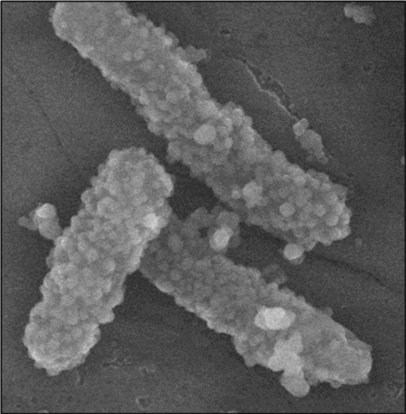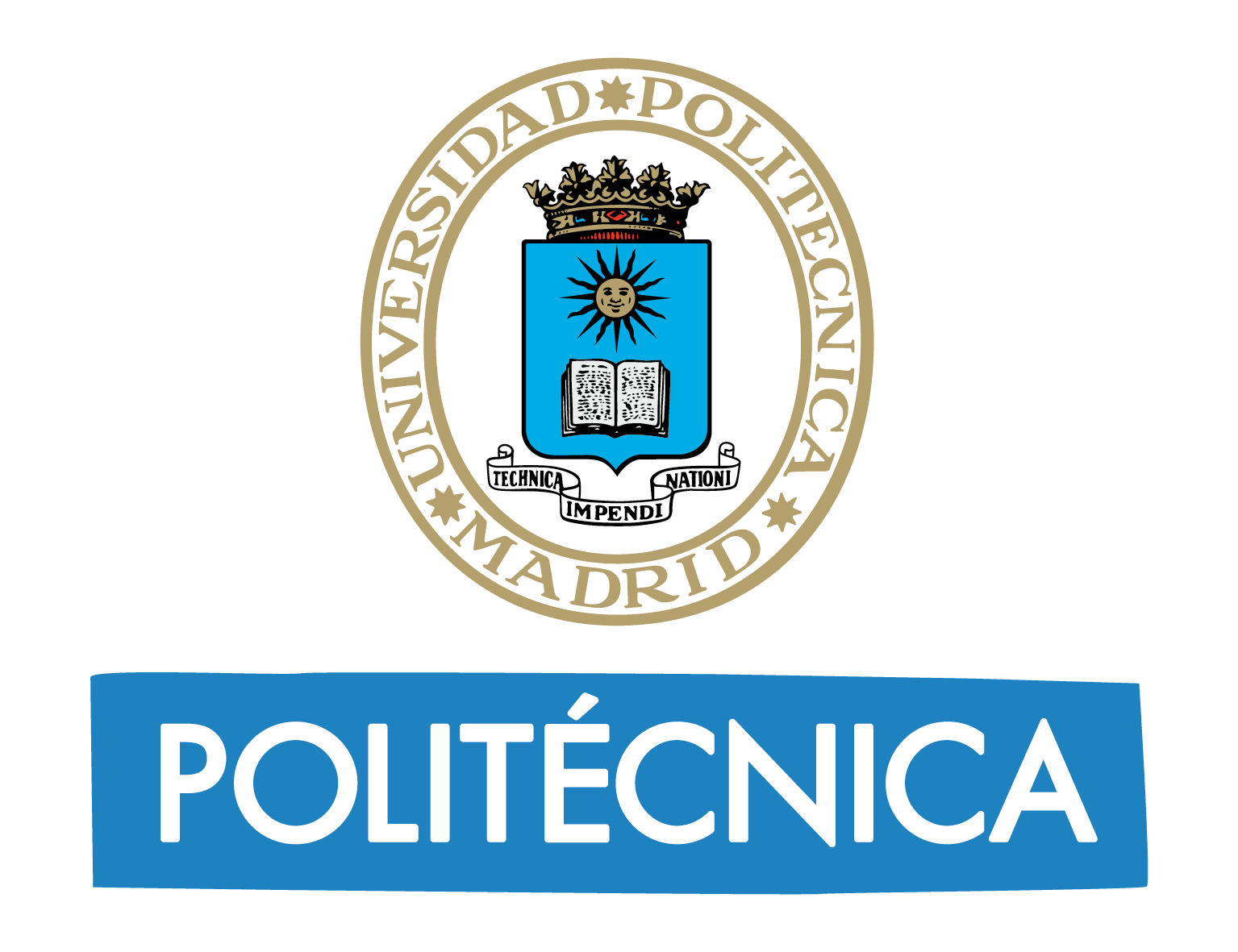Bacteria as nanoparticles carriers to deliver drugs in tumor tissues
Researchers from Universidad Politécnica de Madrid (UPM) and Universidad Complutense de Madrid (UCM) have developed a methodology to anchor nanoparticles on the surface bacteria which can penetrate tumor tissues improving the efficacy of nanomedicines.
One of the major concerns of chemotherapy as a treatment for cancer is its high toxicity due to the lack of drug selectivity. Consequently, a multidisciplinary team of researchers from Universidad Politécnica de Madrid (UPM) and Universidad Complutense de Madrid (UCM) has developed a chemical methodology to anchor drug‐loaded nanoparticles on the surface of bacteria to transport this drug into tumoral tissues reaching inner zones.
The results confirm that these bacteria can transport the nanoparticles crossing a thick collagen layer being able to destroy almost 80% of the tumoral cells located underneath. These findings envision a powerful strategy in cancer treatment by allowing a homogeneous distribution of therapeutic agents in the malignancy.
In the last years, the use of living systems as a carrier of nano-carriers has been postulated to overcome these limitations. The self-propelled and guiding capacity of cells and bacteria allow them to penetrate living tissues regardless of hydro-dynamic considerations. Unfortunately, nanoparticles are larger than the molecules they transport, and thus they are not able to penetrate deeply in tumoral tissues. As a consequence, the effect of nanomedicines is usually limited to the tumor periphery.

Micrograph of bacteria with mesoporous silica nanoparticles attached on their surface
Bacteria present a remarkable tumor-homing capacity guided by the specific conditions present there, such as hypoxic environments (low level of oxygen) and the presence of gradients of certain biomolecules. These characteristics have been used in this study to significantly improve the penetration of nanomedicines on solid tumors using these microorganisms as active carriers.
To this end, researchers have developed a chemical strategy to anchor nanoparticles to the bacteria wall using E. coli as a model strain. These bacteria were able to transport mesoporous silica nanoparticles loaded with a potent anti-tumor drug (doxorubicin) to deep zones of the tumoral matrix. Researchers employed 3D tumor models composed by a dense collagen matrix that contains human fibrosarcoma and were able to destroy about 80% of the tumoral cells.
The researchers are currently working on the implementation of this strategy of nanoparticle carriers that only release the antitumoral drugs in certain characteristic signs of the tumor. This way, the selectivity of the treatment will be higher since the drugs would be only released in the affected tissues. Alejandro Baeza, a UPM researcher involved in this study says, “to avoid pathogenicity, we should consider the employ of genetically modified bacteria and taking antibiotics after treatment”.
The research project has been carried out as part of a collaboration between the research group of Professor María Vallet, from the Universidad Complutense de Madrid, and Dr. Alejandro Baeza, professor at the Universidad Politécnica de Madrid. Dr. Juana Serrano, from IIS-Fundación Jimenez Diaz, was also involved in the biological trials. The project was funded by the Avanced Grant VERDI (ERC-2015 AdG, no. 694160).


